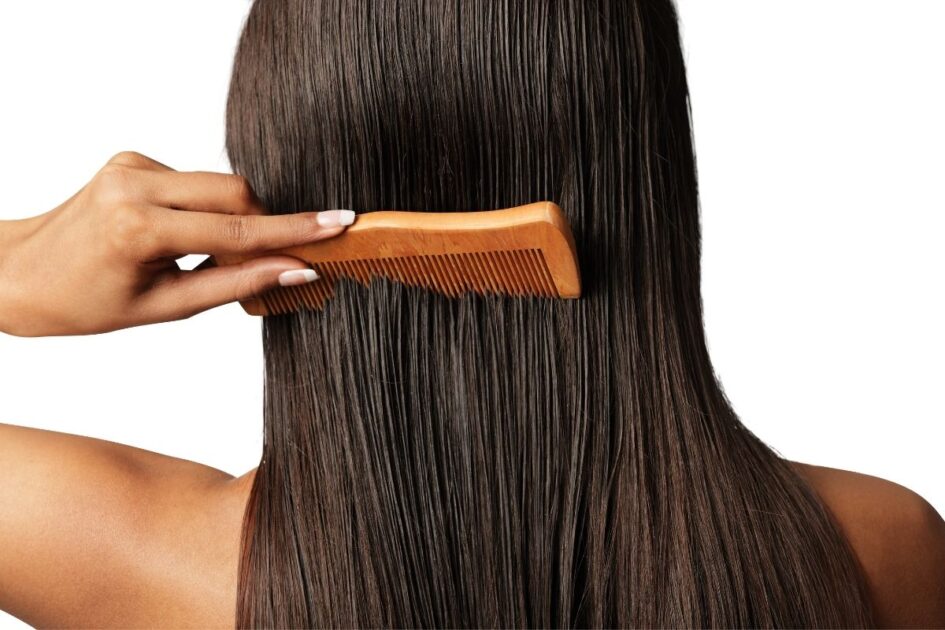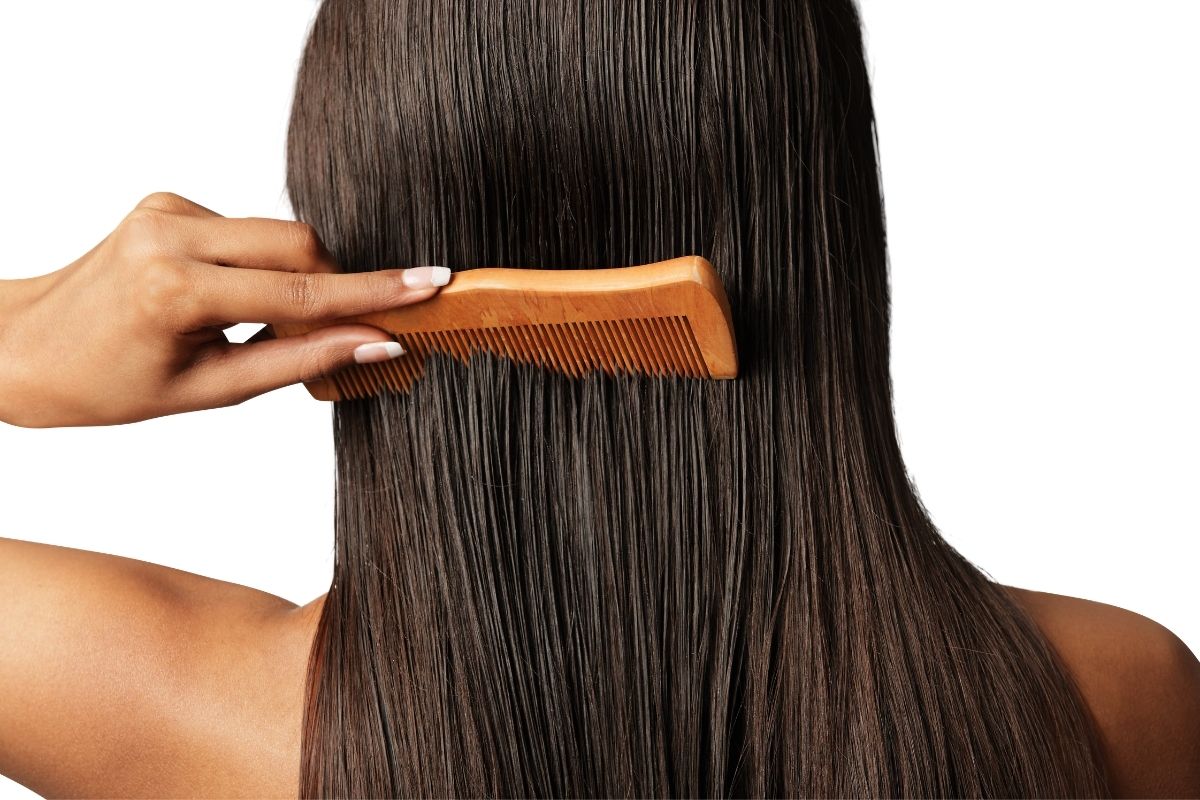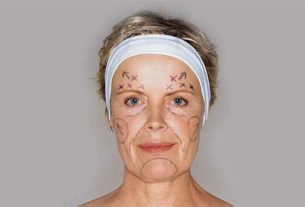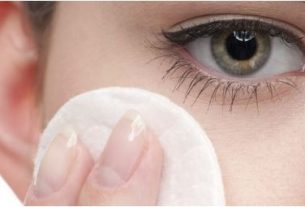Who among us women doesn’t dream of going out there showing off voluminous, shiny and healthy hair, right?
However, genetic factors, the use of chemical products for coloring, discoloration, progressive, frequent use of a hairdryer and straightener at high temperatures and even changes in the body itself, can cause the hair to lose hair mass, leaving the locks thinner and thinner. .
However, just like any other type of hair, thin and sparse locks also need care and, in this case, as the hair tends to be more fragile and delicate, some special care must be adopted.
Having strong, healthy strands with more volume is not an impossible task. To help you with this mission, we have put together five tips for thickening thin, thin hair. Check out!
See too:
How to thicken thin and thin hair?

1 – Invest in hair reconstruction
As mentioned above, the use of chemical products and the constant use of hair dryers and straighteners end up deeply damaging the hair fiber.
Understand… the hair strand is divided into three parts: Cuticle, Cortex and Medulla.
Cuticle: It is the outermost part on the wire. Made up of keratinized scales with high concentrations of sulfur that act to form a “protective barrier” for the cortex and medulla. This protection loses strength when the thread is exposed to strong chemicals, leaving the thread weakened.
Cortex: The cuticle protects the cortex, which is the intermediate and most important layer of the hair. The cortex is where most of the hair’s nutrients and keratin are found. Keratin is the protein responsible for 90% of follicle formation, which provides elasticity and resistance to locks. It is in the cortex that a large amount of water is also concentrated, responsible for hydrating the hair.
Marrow: Studies have not yet been able to define exactly the function of the spinal cord. Recent research links the medulla with the hair germination phase, in which it would help “guide” the new hair towards the pore.
It turns out that the exposure of the hair to chemicals such as coloring, bleaching, straightening, the continuous use of heat sources such as dryers, straighteners and curling irons, in addition to daily exposure to the sun, pollution, wind… modify the structure of the hair, thus the barrier The protective layer formed by the cuticle ends up opening, leaving the most important layer of the hair exposed, the medulla.
And so all the nutrients present in the hair are lost, leaving it thin, thin, brittle, rough, dry, dull and full of frizz.
The function of reconstruction is to return nutrients and keratin to the hair, thereby closing the scales and forming the “protective barrier” again, improving the appearance of the hair and making it stronger and healthier. Therefore, keep your reconstruction routine up to date!
See too:
2 – Don’t forget about hydration
Reconstruction will restore nutrients and keratin to the hair. Hydration will return all lost water and moisture to the hair, leaving it fuller and fuller.
Furthermore, by keeping your moisturizing routine up to date, you will be combating and preventing dryness, split ends and brittle hair. Replacing water makes hair stronger, softer, shiny, away from frizz and more manageable.
See too:
3 – Avoid use of Biotin (vitamin H)
Studies indicate that Biotin acts by stimulating the body to produce keratin (the most important protein in the hair structure). It is essential for maintaining the health of hair, nails and skin.
The vitamin also contributes to the metabolism of several nutrients that help maintain hydration of the skin, scalp and hair growth.
Other advantages include:
- Restoration of the thickness of the hair – Making it fuller and more voluminous;
- Helps with growth – Makes hair grow stronger and more resistant;
- Prevents hair loss and the appearance of gray hair;
- Rejuvenates strands, giving hair a healthier look.
See too:
4 – Be careful when combing
Thin and thin threads are more delicate, so they tend to be more brittle. Therefore, care must be taken when combing and untangling the strands, thus avoiding hair loss and breakage.
See too:
5 – Mix colorless gelatin in shampoo to thicken thinning and thin hair
This is a great homemade recipe to thicken thin and thin hair. The collagen present in gelatin acts by forming a kind of “protective barrier” around the hair, retaining moisture inside, making the hair protected and hydrated.
Above all, gelatin gives structure to the hair strands, leaving them fuller and more voluminous.
Preparation Mode:
- Mix two tablespoons of colorless powdered gelatin in your shampoo bottle.
- Afterwards, shake until the gelatin is completely incorporated into the shampoo.
Ready! Now just wash your hair, letting the shampoo act on your hair for five minutes. Then just finish by conditioning and rinsing the locks with cold water.
ATTENTION
Remember that only a specialist doctor is able to determine the reasons why your hair has become thin or thin.
Follow our publications on Google News and receive more tips for thickening thin, thin hair.

Sign up for our newsletter and stay up to date with exclusive news
that can transform your routine!
Warning: Undefined array key "title" in /home/storelat/public_html/wp-content/plugins/link-whisper-premium/templates/frontend/related-posts.php on line 12
Warning: Undefined array key "title_tag" in /home/storelat/public_html/wp-content/plugins/link-whisper-premium/templates/frontend/related-posts.php on line 13




